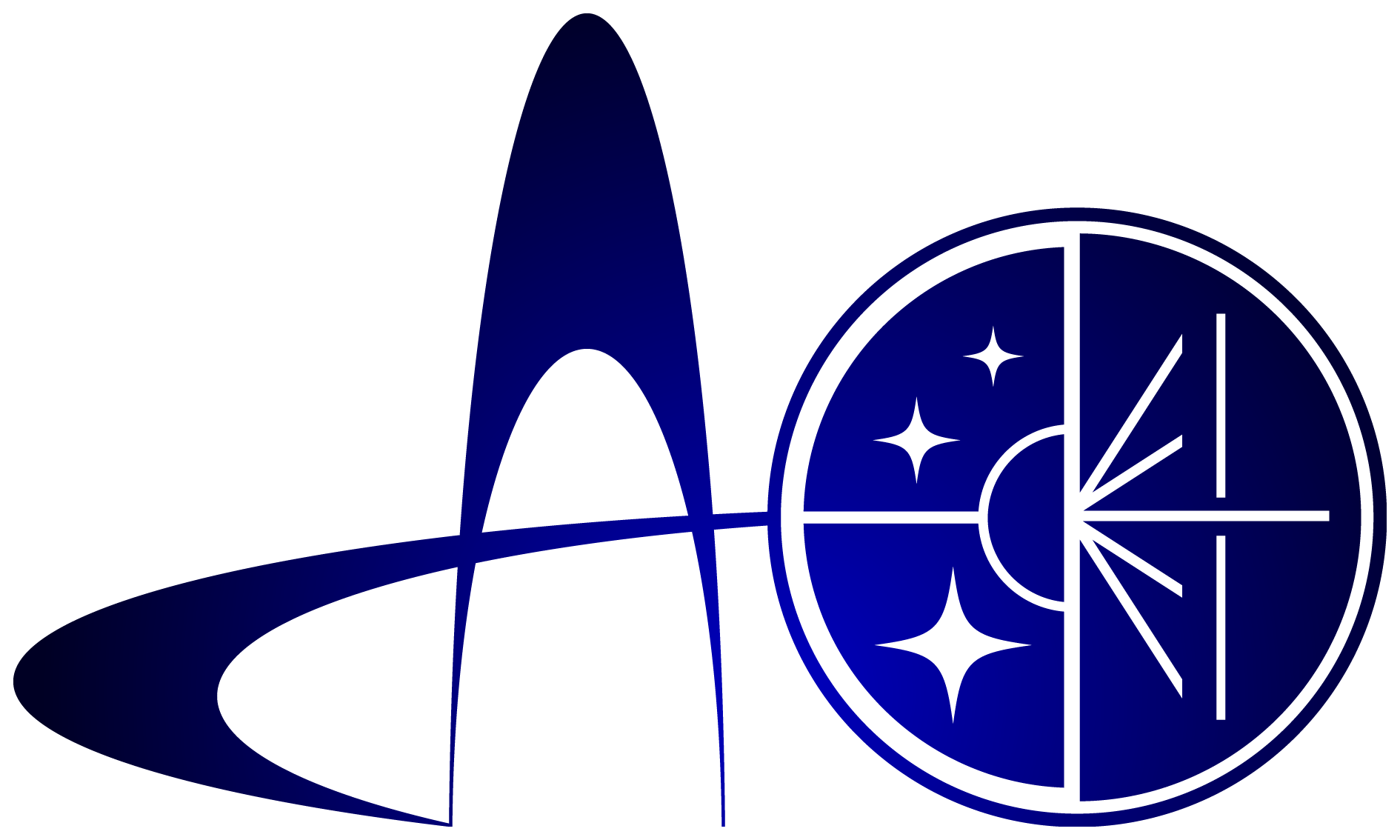

|
Discovery of the first candidate ultraluminous X-ray source with a neutron star with a field of 1012 G in a 1 billion-year-old star cluster |
Russian version |
|
Vinokurov A.S., Sarkisyan A.N., Solovyeva Yu.N., Kostenkov A.E., Medvedev A.S., Fabrika S.N. in cooperation with Atapin K.E. (SAO RAS, SAI MSU) Analyzing data from the Chandra X-ray Observatory archive, we revealed signatures of an absorption line at ≈8 keV with a width-to-energy ratio of σ/E ≈ 0.2 in the spectrum of the ultraluminous X-ray source NGC5474 X-1 taken during an outburst, when the object's X-ray luminosity reached ≈2×1040 erg/s. It has been suggested that this broad line may be a cyclotron resonant scattering feature produced by transitions of electrons between Landau levels in magnetic field. This implies that the accretor in NGC5474 X-1 must be a neutron star with a magnetic field of about 1012 G. The Hubble Space Telescope data shows that the X-ray outburst of the object was accompanied by more than 13 times increase of its U band flux. Optical observations of NGC5474 X-1 carried out in its faint state have allowed us to impose restrictions on the donor star mass (< 7 solar masses), as well as to reveal a star cluster of about 1 billion years old, the center of which is located at a projected distance of about 2 pc from the source. This cluster may be the parent cluster for NGC5474 X-1, but the presence of stars with an age of ~10 Myr within 300 pc around X-1 does not exclude an accidental projection of the ULX onto the old cluster. The work was carried out within the framework of the research plan № AAAA-A21-121011890155-0.
Published:
|